project showcase
Impact Accelerator Account awards
The University of Hertfordshire has been awarded over £1.7m from UK Research and Innovation (UKRI) to accelerate the impact of the University’s world-leading research.
Collectively known as Impact Acceleration Accounts (IAAs), the block funding by UKRI to the University of Hertfordshire is made available via two research councils, the Arts & Humanities Research Council (AHRC) and the Economic & Social Research Council (ESRC), respectively.
This page showcases the current projects.
Impact Accelerator Account showcase 4 June 2024
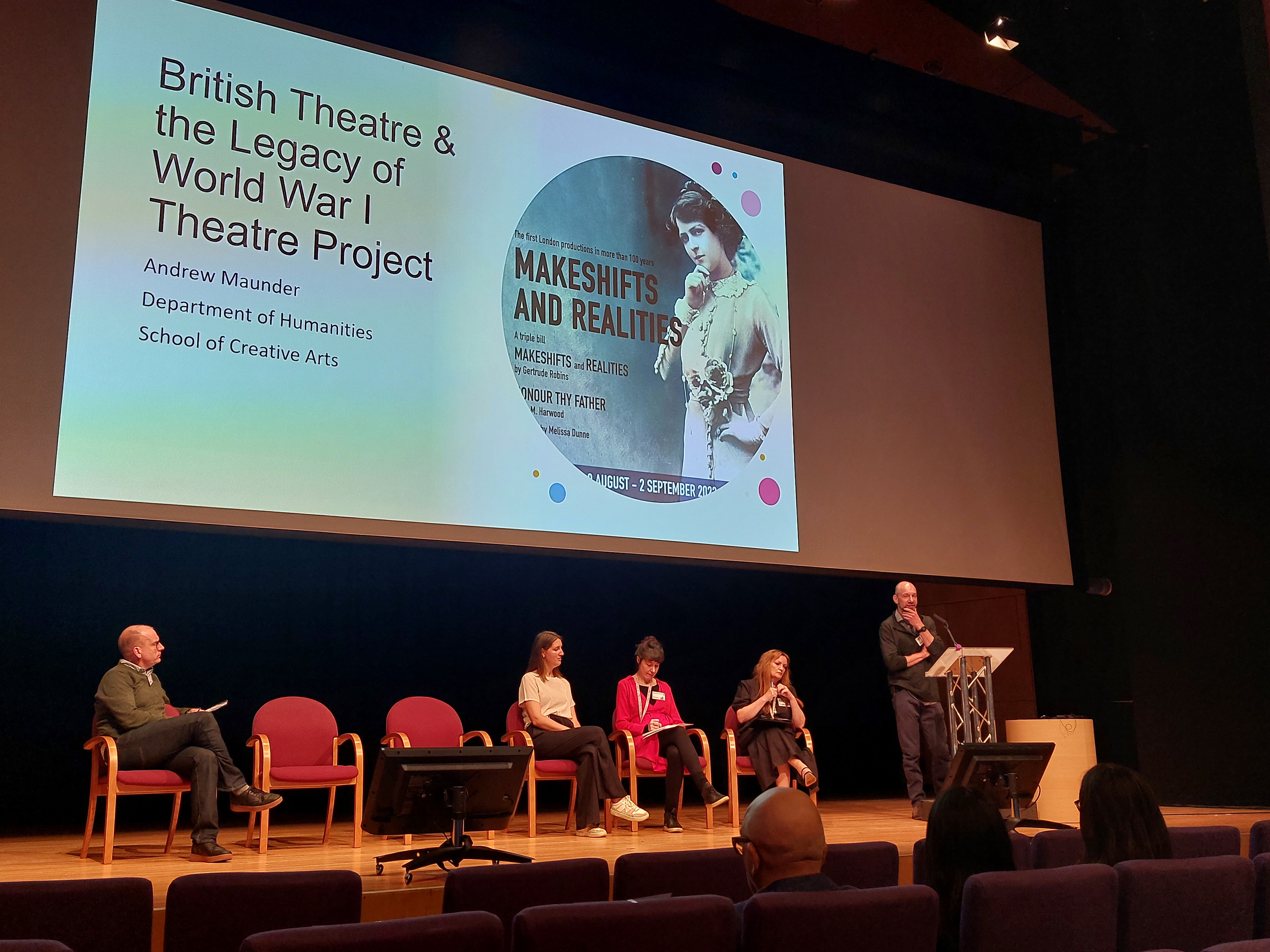
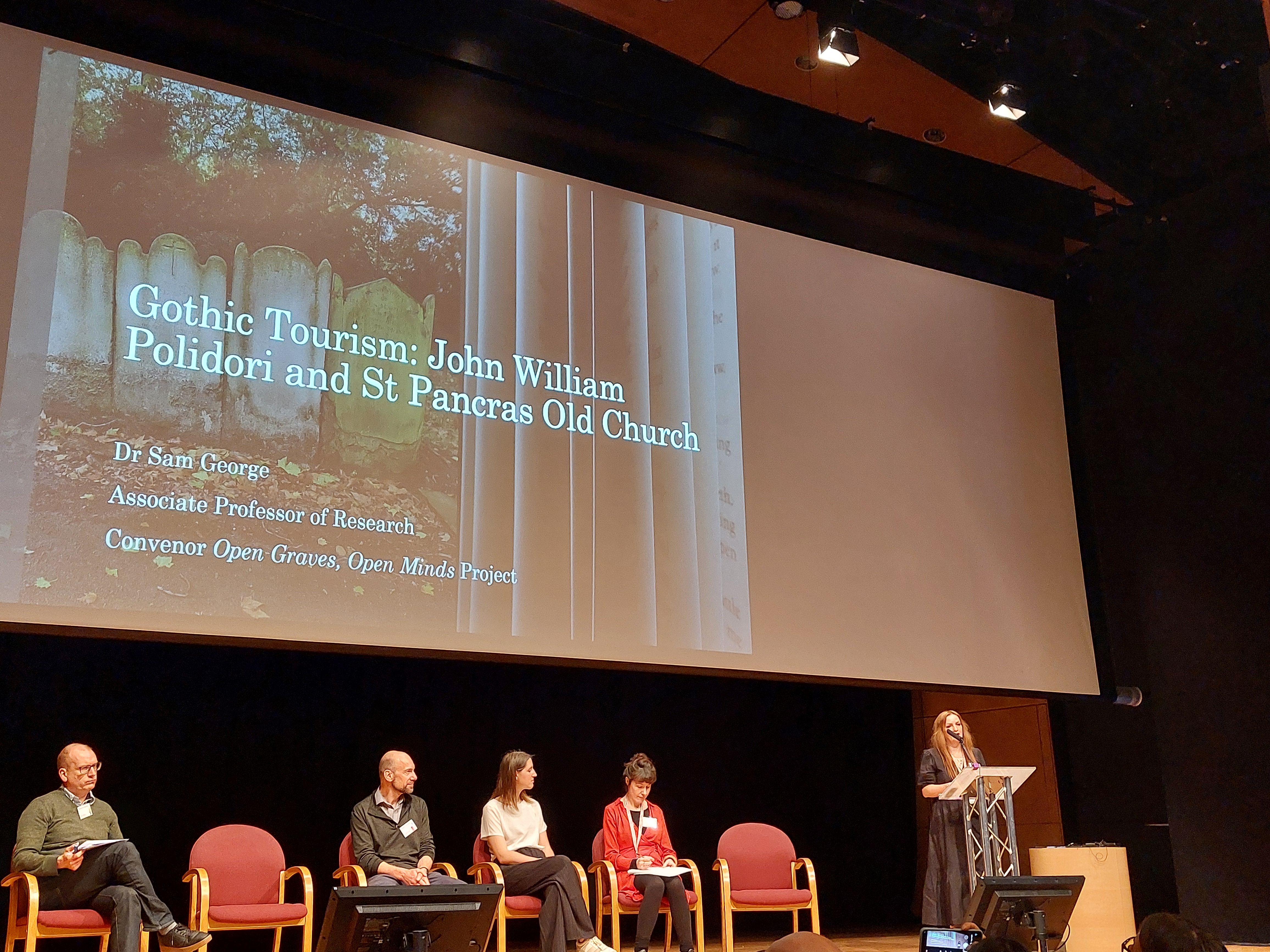
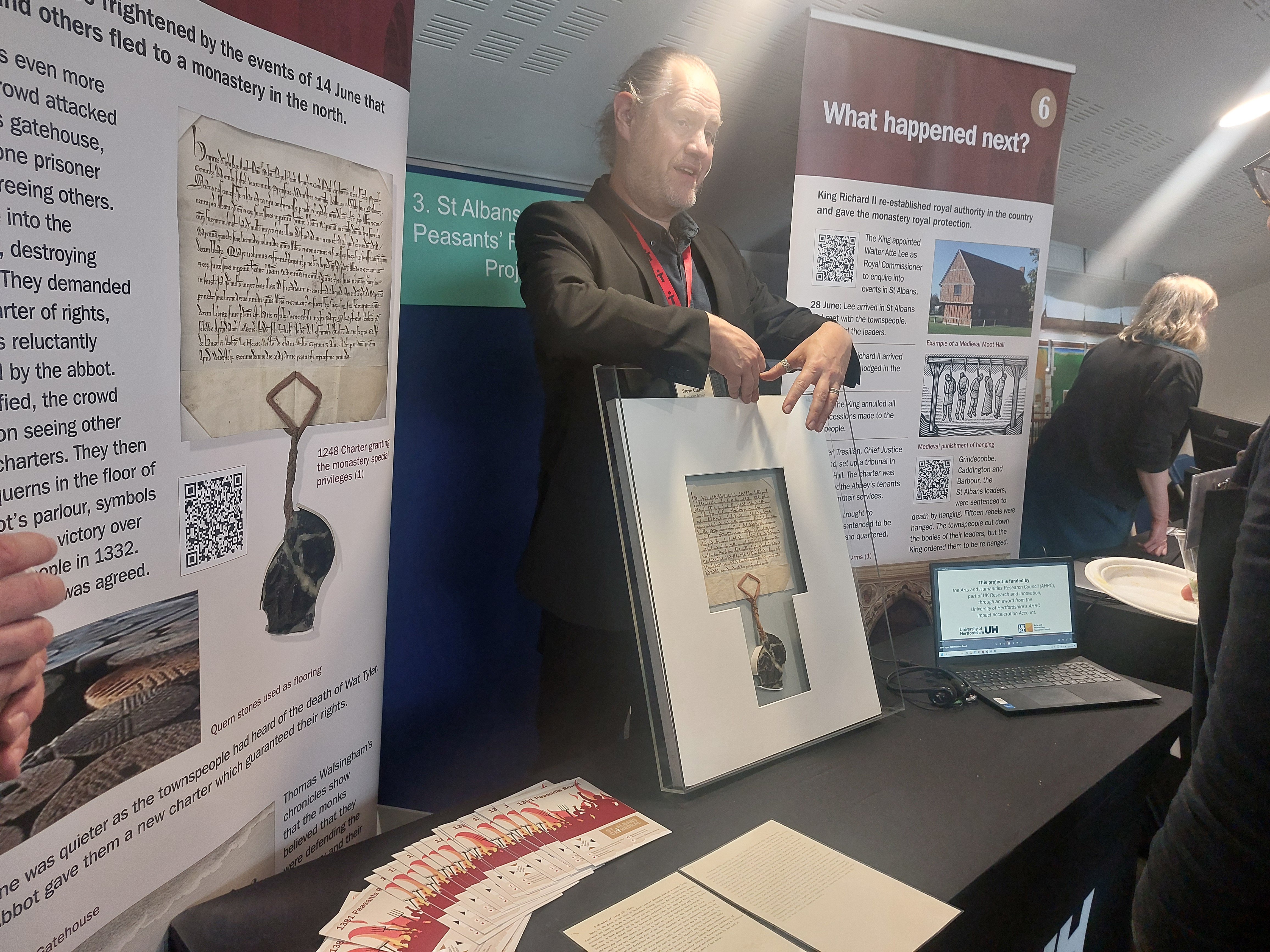
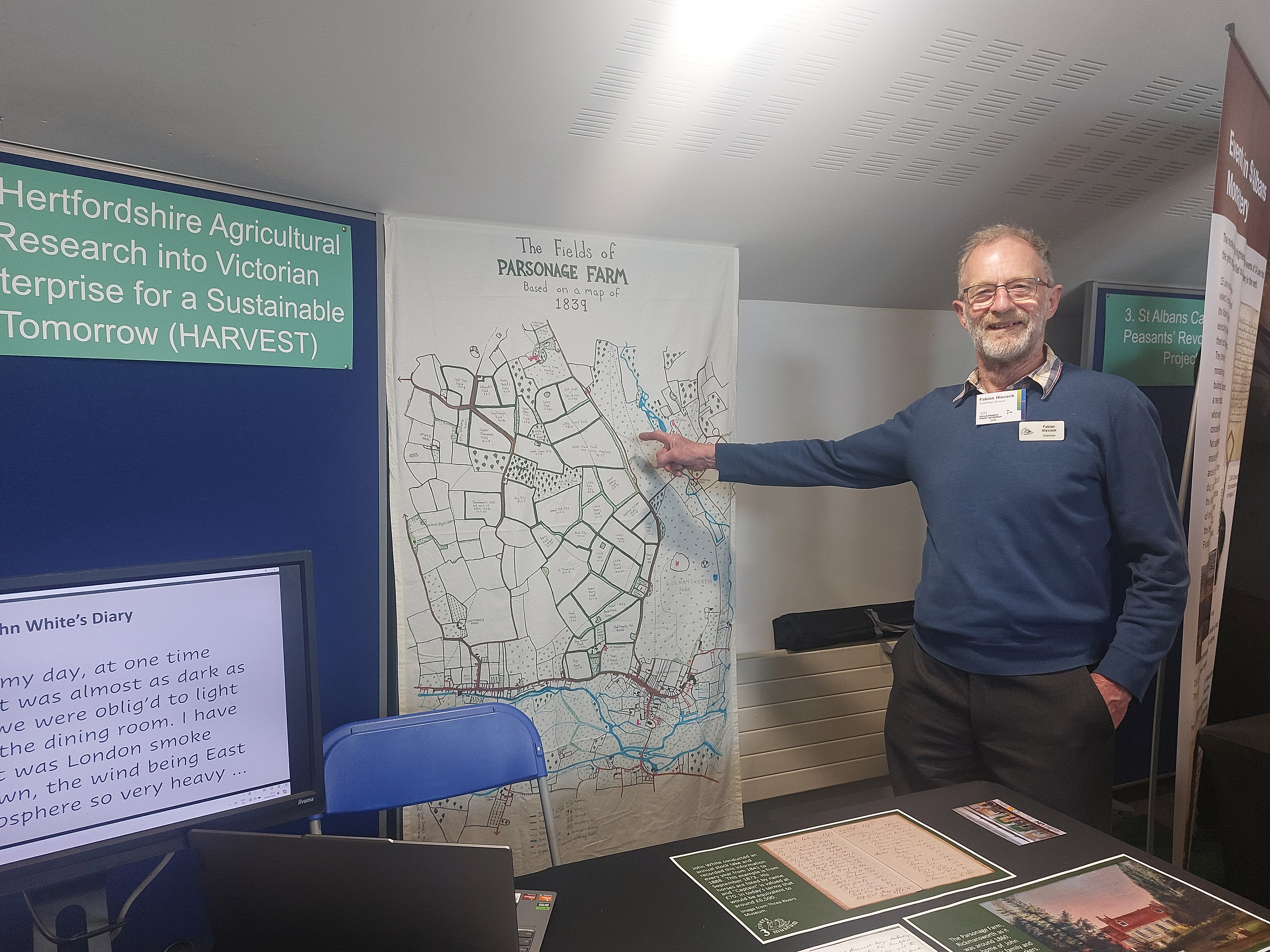
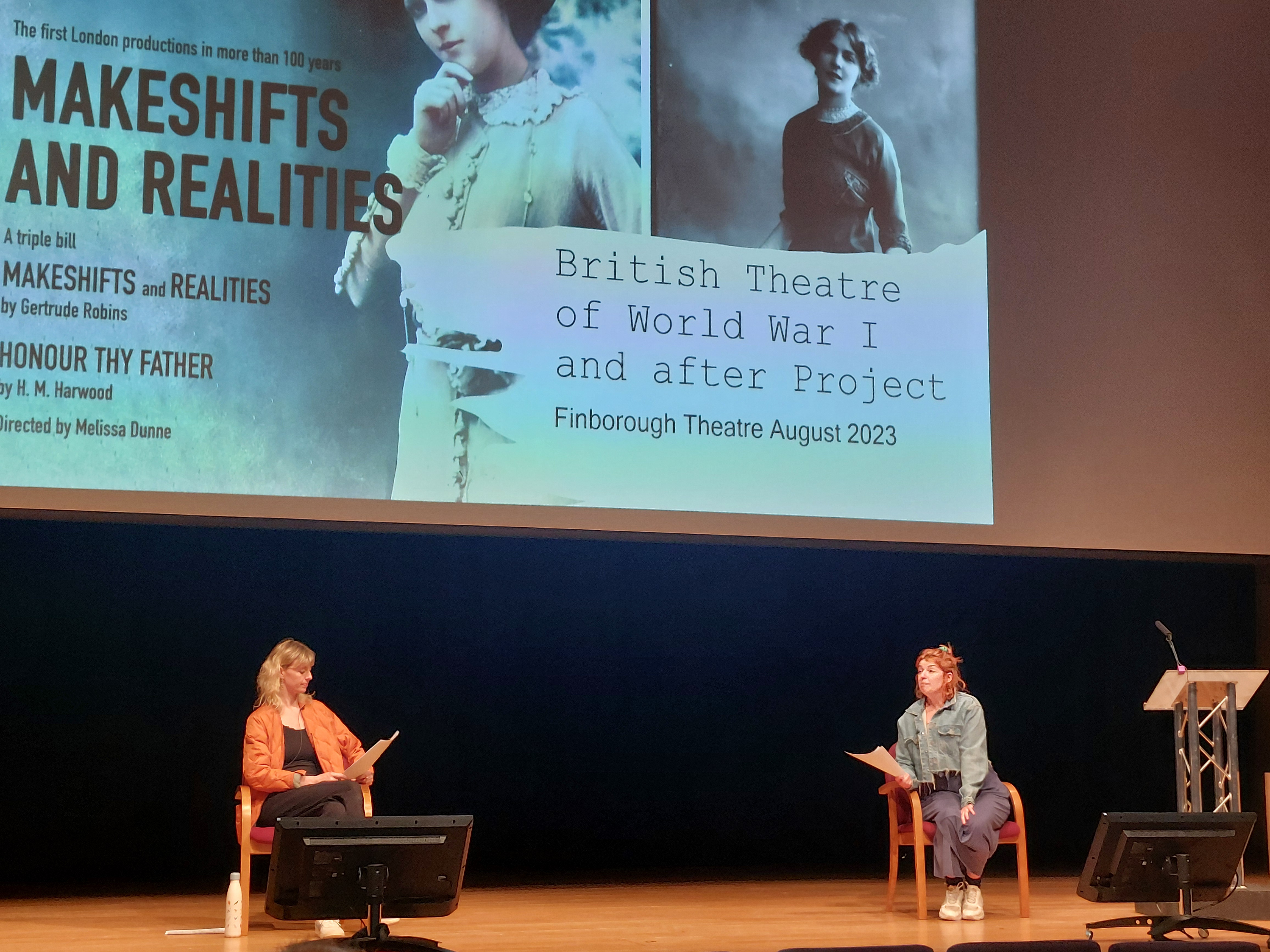
More details on co-produced projects:

Deirdre O'Neill, senior lecturer in film, School of Creative Arts, has received funding from the IAA Knowledge Exchange Placement Scheme funding to go into two prisons and make films with serving prisoners.
In 2023, Dr O'Neill made a film about the education department with young offenders at HMP Isis and in HMP Downview working with a group of women prisoners making two films. Access to the means of audio-visual film production provides an alternative educational model for those often alienated by existing educational institutions and creates the space to develop informed critical engagement with the media, politics and culture for those prisoners taking part.
This project has built on Dr O'Neill's previous work with Inside Film (in HMP Wandsworth and HMP Rochester and with those on probation ) .
The HMP Wandsworth films have been digitised and stored in The BFI National Archive which sets out to preserve British filmmaking history with highly educational and cultural value

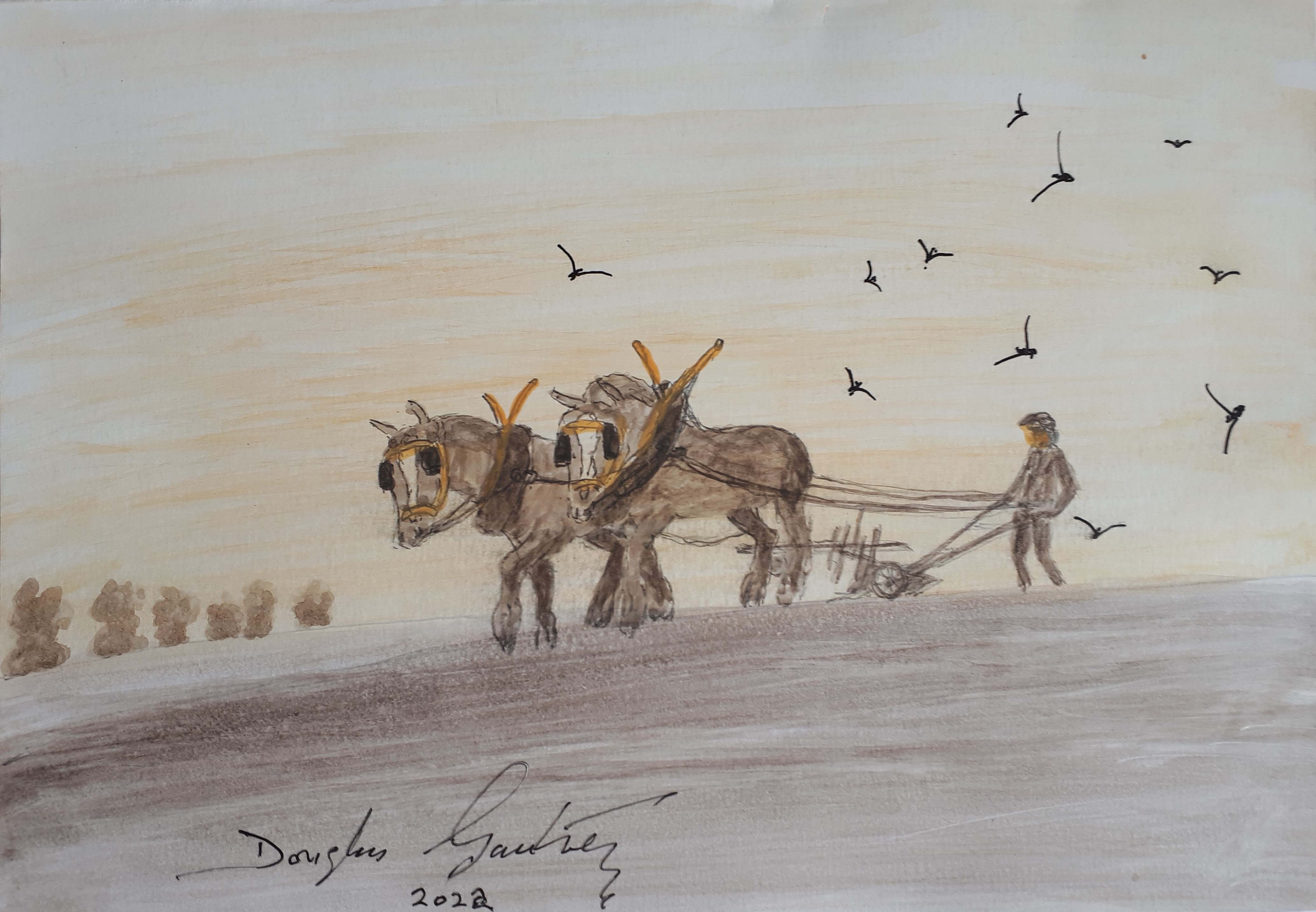
Dr Sue Davies and Fabian Hiscock: Hertfordshire Agricultural Research into Victorian Enterprise for a Sustainable Tomorrow
"The diaries of the Rickmansworth farmer John White are revealing every day more detail about his life and work in the second half of the nineteenth century, and the Three Rivers Museum, which holds them, are very keen to make the best possible use of them. So joining a University team led by Dr Sue Davies and Dr Derek Ong in Project HARVEST, funded by the Impact Accelerator Account, will be a wonderful way to extract and make available the full heritage value of these priceless records.
The project (Hertfordshire Agriculture: Researching a Victorian Enterprise for a Sustainable Tomorrow) will draw on both the transcribed diaries and the digitised financial records to allow Business School students to explore what John White was doing, in a time of depression in farming, which allowed him to prosper while many others struggled. This will allow them to present suggestions to inform those dealing today with similar problems, while the museum will be able to draw on the analysis done by the students to present with authority the story of John White's life and times in and around south west Hertfordshire."
This project will use a remarkable business archive to examine how the past can inform efforts to create more sustainable circular businesses. Most of the material, which is held by Three Rivers Museum, was created by John White (1813–1904) who farmed Parsonage Farm, Rickmansworth for over 60 years and kept a diary for 50 years. The combination of detailed descriptive diaries and the financial information over such a long period (1839- 1896) makes the archive an incredibly rich source of historical data. This project will involve University staff, students and museum volunteers and help put this material in context.
Three Rivers Museum is in the process of digitising and transcribing a unique archive of diaries, farm stock books and accounts from 1839 to 1896. This co-produced research project will use the archive to expand our understanding John White’s livelihood, the nature of farming in Rickmansworth during the 19th century and identify lessons on sustainability. Working with the key stakeholders (museum volunteers, students and staff at the university) this project will set this material in context and enable the museum to publish extracts online. We will examine the business of the farm and discover whether there are lessons from this historic example that can inform our efforts in the 21st century to create more sustainable circular businesses.


Dr Ceri Houlbrook: Hearts and heritage: archiving national memory
Project PI: Dr Ceri Houlbrook
Project Partner: Covid Families for Justice UK
Communities grieve in diverse ways. But, in the aftermath of a tragedy, spontaneous memorials often form. These are unofficial, often unsanctioned memorials, that help people to mourn but can also act as political statements of defiance or political stances.
Some academic work has been conducted on the spontaneous memorials that form in response to terrorist attacks, mass shootings, and the deaths of public figures. This project will look at how the Covid-19 pandemic has been memorialised.
Throughout 2021, 150,000 red hearts were painted onto a wall beside St. Thomas’ hospital in London – in pointed view of the Houses of Parliament – each one bearing the name of a Covid-19 victim. This became an unofficial memorial to pandemic victims, added to by bereaved friends and family members.
Members of ‘Covid Families for Justice UK’ recently petitioned the government to support the wall becoming a permanent memorial. This petition was rejected. Now the hearts are at risk of being removed by authorities or being weathered away.
Dr Ceri Houlbrook is interested in the contested heritage of spontaneous memorials, and in the questions they raise about who has the right or responsibility to produce, maintain, or remove them. Working with ‘Covid Families for Justice UK’, this project will produce a photographic archive of the memorial, capturing every individual heart and the name it contains. This will ensure the digital preservation of a culturally (and politically) significant memorial for people today and in the future.


Dr Sam George: Gothic Tourism: John William Polidori and St Pancras Old Church
Project PI: Dr Sam George
External Project Partner: St Pancras Old Church, London
This project focuses on the legacy of Romantic era physician and writer, John William Polidori (1795-1821), author of the first vampire story in English (1819).
Polidori died a suicide aged 25. Despite his innovations and his interesting family history (he is the posthumous uncle of Christina Rossetti and her brothers William Michael and Dante Gabriel Rossetti), Polidori lies in the Churchyard of St Pancras Old Church in an unmarked grave.
To preserve his legacy, Sam is developing a Polidori tour, addressing his literary significance and uncovering the gothic history of the churchyard, (the site of Mary Godwin and Percy Bysshe Shelley’s courtship), The tour will feature in an accompanying souvenir booklet.
This is an ethical project that seeks to preserve the heritage of St Pancras Old Church which has withstood the Industrial Revolution, Victorian improvements, wartime damage and an attack by Satanists in 1985.
The church’s motto, ‘And I am here in a place beyond desire or fear’ is suggestive of the way it has acted as a sanctuary and is inclusive of all those who are troubled.

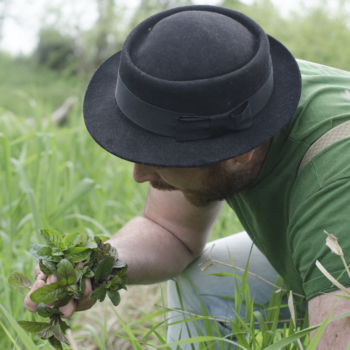
Dr Jennifer Evans: Foraging for Early Modern Medicines (1600-1750)
Project PI: Dr Jennifer Evans
Project partner: Mr George Fredenham, expert forager and distiller
Throughout the early modern period recipes for ‘Kitchen physick’, medicinal remedies produced in the home, were recorded in manuscript collections. Remedies treated everyday ailments like headaches and more serious conditions like gout.
Historians have discussed whether ingredients for these medicines were sought in the hedgerow or were purchased from an apothecary.
This project will bring to life the skills required of men and in the seventeenth century to produce remedies in their kitchens.
Dr Jennifer Evans and expert forager and distiller George Fredenham, who ran ‘The Foragers’ restaurant in St. Albans for ten years, will together create foraging walks that seek out ingredients commonly used by seventeenth-century men and women, including common mallows, elderflowers, and germander.
These walking tour workshops will develop participants’ understanding of the accessibility, complexities, and dangers of finding suitable ingredients in the English countryside.
The walks will vividly evoke the depth of seventeenth-century people’s everyday botanical and medical knowledge and will reveal how these same plants and substances are now being rediscovered and used in contemporary food and drink.

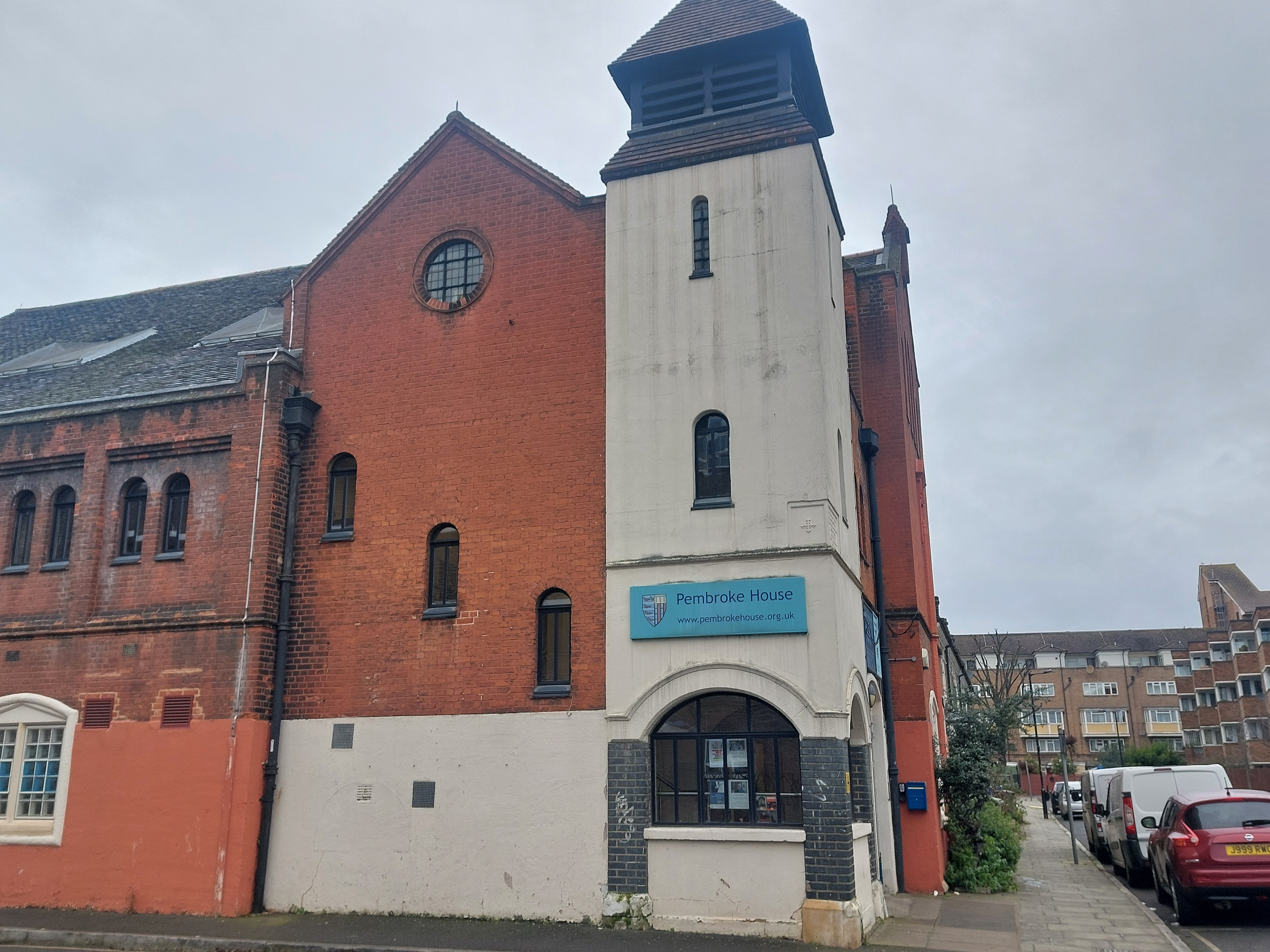
PIs: Prof Katrina Navickas and Dr Daniel Grey
Pembroke House, founded in Walworth, south-east London, in 1885, is one of the world’s first settlement houses. Settlement houses have had a profound impact in British society, including influencing the development of the NHS and the welfare state.
Today, neighbourhoods are on the national agenda, and charities are seeking to expand ‘place-based’ ways of working. Settlement Houses provide a rich history from which we can draw ideas and practical applications to contemporary social policy. The project will use community-based research to inform a model for local residents about collaborative ways of overcoming socio-economic disadvantage.
This research is a scoping project for an oral history of the settlement’s residential volunteers, conducted by the staff and volunteers of Pembroke House, and advised by Prof Katrina Navickas and Dr Daniel Grey. The output of this project will be 8-10 oral histories and a model to advise a larger application to the National Lottery Heritage Fund.
For more on the project, go to the project page

